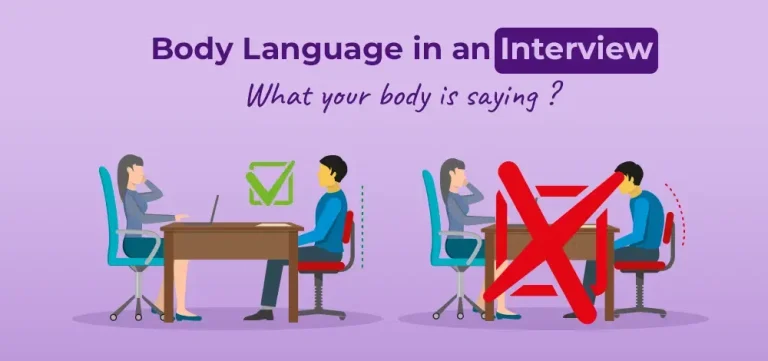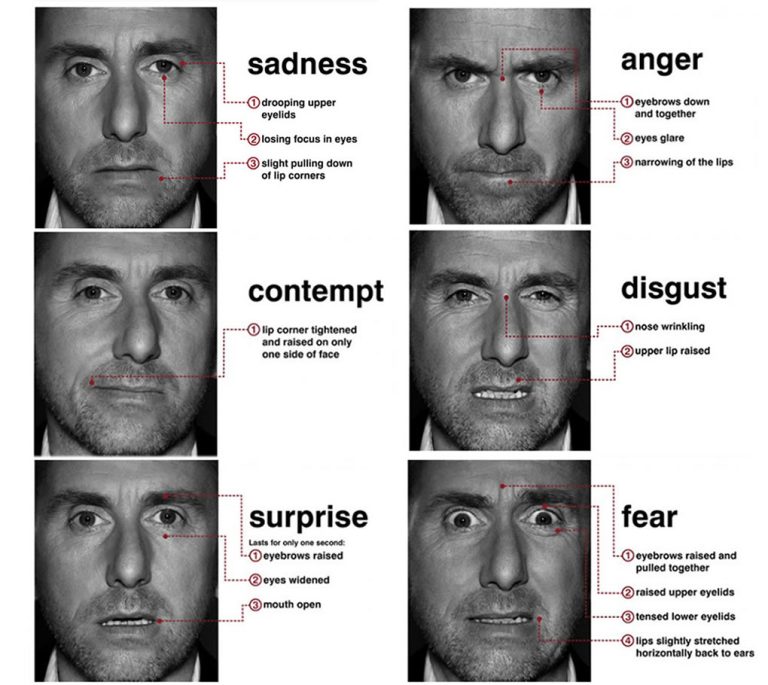Shrug Shoulders Body Language
Have you ever wondered what someone means when they shrug their shoulders? Well, let’s dive into the fascinating world of body language and explore the meaning behind the shrug shoulders body language.
Picture this: you’re talking to a friend, and they respond to your question with a slight upward movement of their shoulders. It’s that classic shrug of the shoulders that leaves you wondering what they’re trying to convey. Don’t worry, because in this article, we’ll uncover the secrets behind this gesture.
Body language is a powerful form of communication, and the way we move our bodies can reveal a lot about our thoughts and feelings. So, let’s not waste any more time and start unraveling the mysteries of the shoulder shrug.

Demystifying the Shrug Shoulders Body Language Phenomenon
The shrug shoulders body language is a fascinating non-verbal communication cue that often leaves people puzzled. This gesture, characterized by a slight raising and dropping of the shoulders, can convey a range of emotions, attitudes, and intentions. In this in-depth article, we will delve into the intricacies of the shrug shoulders body language, exploring its various interpretations, cultural influences, and potential meanings in different contexts. By deciphering the hidden messages behind this seemingly simple movement, we can gain valuable insights into interpersonal dynamics and enhance our communication skills.
The Puzzling Interpretations of Shrug Shoulders Body Language
When someone shrugs their shoulders, it is often accompanied by ambiguity and uncertainty. While this gesture can be subject to multiple interpretations, it is crucial to consider the accompanying non-verbal cues, contextual factors, and individual variations to decode its intended meaning accurately.
The Universal Symbol of Indifference
One common interpretation of shrugging shoulders is indifference or a lack of concern. It is often used as a nonchalant response to situations that do not evoke any strong emotions or investment. In this context, the shrug can signal a non-committal stance and communicate that the person is not fully invested in the topic at hand. It can be a way of saying, “I don’t really care” or “It doesn’t matter to me.”
However, it is essential to note that the shrug shoulders body language can have different interpretations across cultures. In some societies, shrugging may convey acceptance or resignation rather than indifference. To ensure accurate understanding, it is crucial to take cultural nuances into account when decoding non-verbal cues.
The Shrug Shoulders Body Language in Various Contexts
Although the shrug shoulders gesture is commonly associated with indifference or uncertainty, its meaning can vary depending on the situation in which it is employed. Let’s explore some of the different contexts in which this body language cue may surface.
Expressing Confusion or Lack of Knowledge
One common context in which people use the shrug shoulders gesture is when they are unsure, puzzled, or lack knowledge about a particular topic or situation. By raising their shoulders and tilting their head slightly, individuals indicate that they do not have the answers or are unsure how to respond. It serves as an acknowledgment of their limited understanding or a way to express confusion.
This type of shrug shoulders body language is often accompanied by other cues such as a furrowed brow, a quizzical expression, or verbal statements like “I don’t know” or “I’m not sure.” It conveys a willingness to engage in further conversation or seek clarification.
Conveying Helplessness or Powerlessness
In certain situations, the shrug shoulders gesture can also serve as a non-verbal expression of helplessness or powerlessness. When faced with an overwhelming or challenging situation, individuals may raise their shoulders as a way to communicate their inability to control or influence the outcome. It can reflect resignation, defeat, or a lack of agency.
This type of shrug shoulders body language is often accompanied by downturned eyes, slumped posture, or other cues of submission. It can be a subtle plea for understanding, empathy, or support from others.
The Role of Cultural Differences in Shrug Shoulders Body Language
While the shrug shoulders body language generally conveys a lack of concern or indifference, cultural variations significantly influence its interpretation. Different societies may assign diverse meanings and contexts to this gesture, leading to potential misunderstandings in cross-cultural interactions.
A Cultural Medley of Meanings
In some cultures, the shrug shoulders body language may signify confusion, indifference, or a lack of strong emotions. However, it is essential to recognize that cultural nuances heavily impact interpretations. For example, in certain Mediterranean cultures, shrugging can convey agreement or a shared sentiment, while in Western societies, it often symbolizes uncertainty or ignorance.
When engaging in cross-cultural communication, it is important to remain cognizant of these subtleties. Avoid relying solely on body language cues and seek clarification when in doubt. Open dialogue and cultural sensitivity foster mutual understanding and bridge potential gaps that may arise from differing interpretations of the shrug shoulders gesture.
Unlocking the Secrets of Shrug Shoulders Body Language
Understanding the nuances of shrug shoulders body language can be immensely beneficial in various personal and professional settings. Here are some key takeaways to enhance your interpretation skills:
1. Consider the Context
Always assess the overall situation and specific cues accompanying the shrug shoulders gesture. Take note of the individual’s facial expressions, tone of voice, and body posture to gain a comprehensive understanding.
2. Cultural Sensitivity Matters
Acknowledge the impact of culture on interpretations and avoid making assumptions based solely on personal experiences or biases. When in doubt, ask questions or seek clarification to ensure accurate comprehension.
3. Engage in Active Listening
Pay close attention to the speaker’s verbal and non-verbal communication as a whole. Actively listening and empathizing can provide valuable insights into the intended meaning behind the shrug shoulders body language.
Final Thoughts
The shrug shoulders body language is a versatile and intriguing non-verbal communication cue that should not be taken at face value. Its interpretations can vary significantly based on individual differences, cultural influences, and contextual factors. By applying a thoughtful and nuanced approach, we can decipher its hidden messages, avoid miscommunication, and develop stronger interpersonal connections.
Key Takeaways: Shrug Shoulders Body Language
- Shrugging shoulders is a non-verbal gesture that signifies uncertainty or indifference.
- When someone shrugs their shoulders, it can mean they don’t know the answer to a question.
- Shrugging can also convey a lack of interest or detachment from a conversation or situation.
- It’s important to pay attention to other body language cues, such as facial expressions, to interpret the meaning behind a shoulder shrug.
- Shrugging, when accompanied by raised eyebrows or a tilted head, may indicate confusion or disbelief.
Frequently Asked Questions
Welcome to our frequently asked questions section on the topic of shrugging shoulders and body language!
1. Why do people shrug their shoulders when they speak?
Shrugging shoulders during conversation can have several meanings. It often indicates uncertainty or a lack of knowledge about the subject being discussed. It can also be a defensive gesture, used to protect oneself or to avoid responsibility for a situation. Additionally, some people may shrug their shoulders as a way to show indifference or nonchalance.
While it’s important to consider the context and individual differences, shrugging the shoulders could be a subconscious way for individuals to convey their emotions or thoughts without explicitly verbalizing them.
2. Is shoulder shrugging a universal body language cue?
Shrugging the shoulders isn’t necessarily a universal body language cue. Different cultures and regions may interpret this gesture differently. In some cultures, shoulder shrugging may signify confusion or uncertainty, while in others, it may represent a dismissive attitude.
To better understand the meaning of shoulder shrugging in a particular context, it’s essential to consider other nonverbal cues, such as facial expressions, tone of voice, and overall body language. These additional signals can provide more insight into the speaker’s intentions and emotions.
3. When is shoulder shrugging considered rude?
Shoulder shrugging can be perceived as rude depending on the situation and cultural context. For example, in some cultures, shrugging the shoulders might be seen as a sign of disrespect or indifference towards the person or topic being discussed.
To avoid misunderstandings or unintended offense, it’s crucial to be aware of cultural norms and adapt your body language accordingly when interacting with individuals from different backgrounds. When in doubt, it’s always beneficial to err on the side of caution and try to match the cultural cues of the people you are communicating with.
4. Are there other body language cues that accompany shoulder shrugging?
Yes, shoulder shrugging is often accompanied by other body language cues that provide additional context. These may include raised eyebrows, a slight head tilt, and a half-smile. Combined, these cues can indicate a sense of uncertainty, surprise, or even disbelief.
Pay attention to the overall body language of the person exhibiting shoulder shrugging to better understand their emotions and intentions. Body language is a complex communication tool, and observing multiple cues together can help form a more accurate interpretation. However, remember that individual differences and specific contexts should also be taken into account.
5. Can shoulder shrugging be a sign of nervousness?
Yes, shoulder shrugging can sometimes be a sign of nervousness or anxiety. When a person feels uncomfortable or uncertain in a particular situation, they may use shoulder shrugging as a way to release tension and express their unease nonverbally.
If you notice someone repeatedly shrugging their shoulders while displaying other signs of discomfort, such as fidgeting or avoiding eye contact, it might be an indication that they are feeling nervous or stressed. In such situations, it can be helpful to provide reassurance and create a more comfortable environment for open communication.

What Can THIS Gesture Tell You? The Science and Meaning of Shrugging. The Body Language Library
Summary
When someone shrugs their shoulders, it often means they don’t know or don’t care. It can also indicate indifference or uncertainty. Body language is an important way people communicate without using words. Pay attention to shrugging shoulders to better understand what someone is trying to say.
Remember, other factors like facial expressions and tone of voice can give you clues about the person’s true feelings. By observing and interpreting body language, you can become a better communicator and understand people more effectively. So, keep an eye out for those shoulder shrugs!


